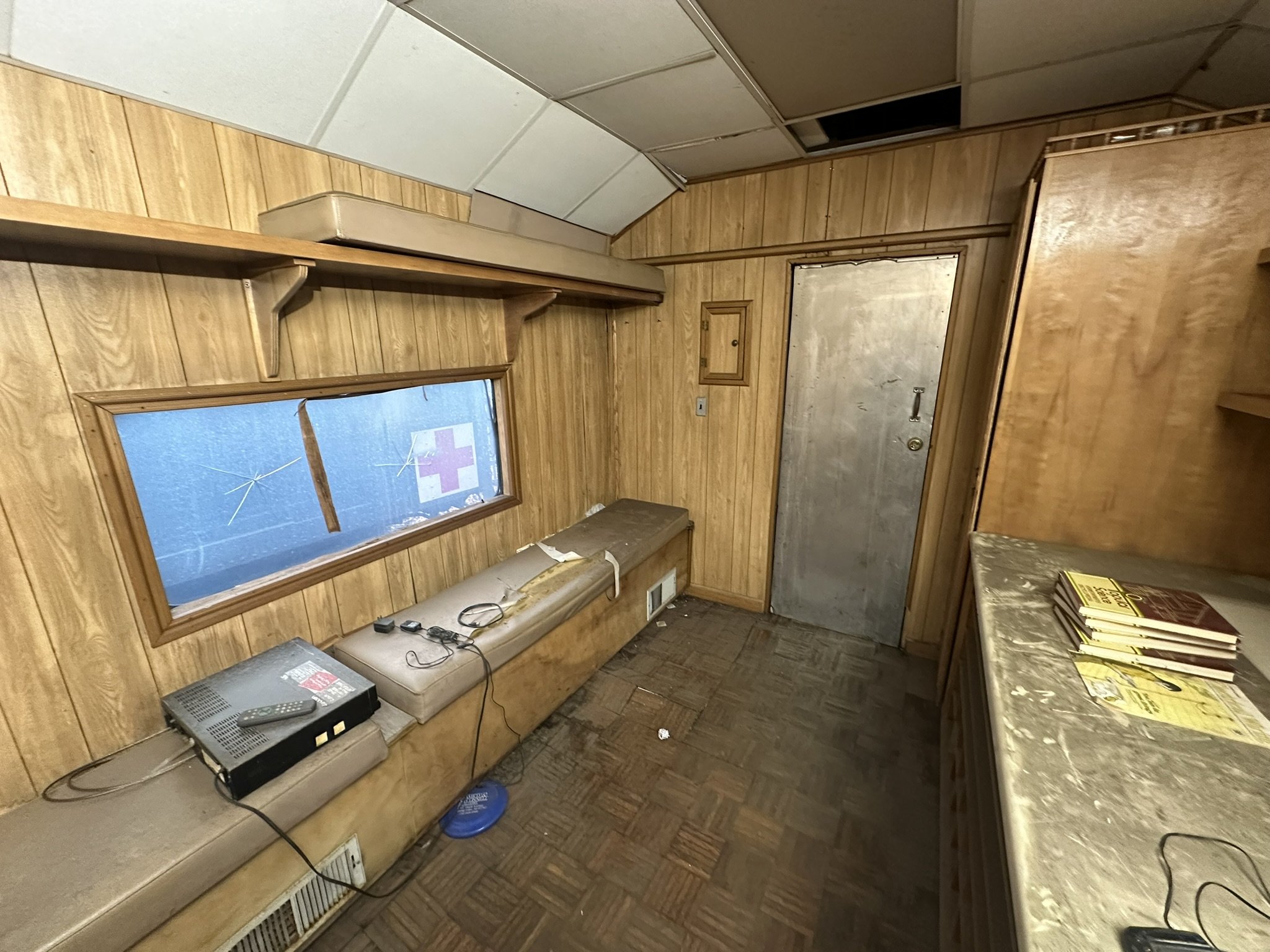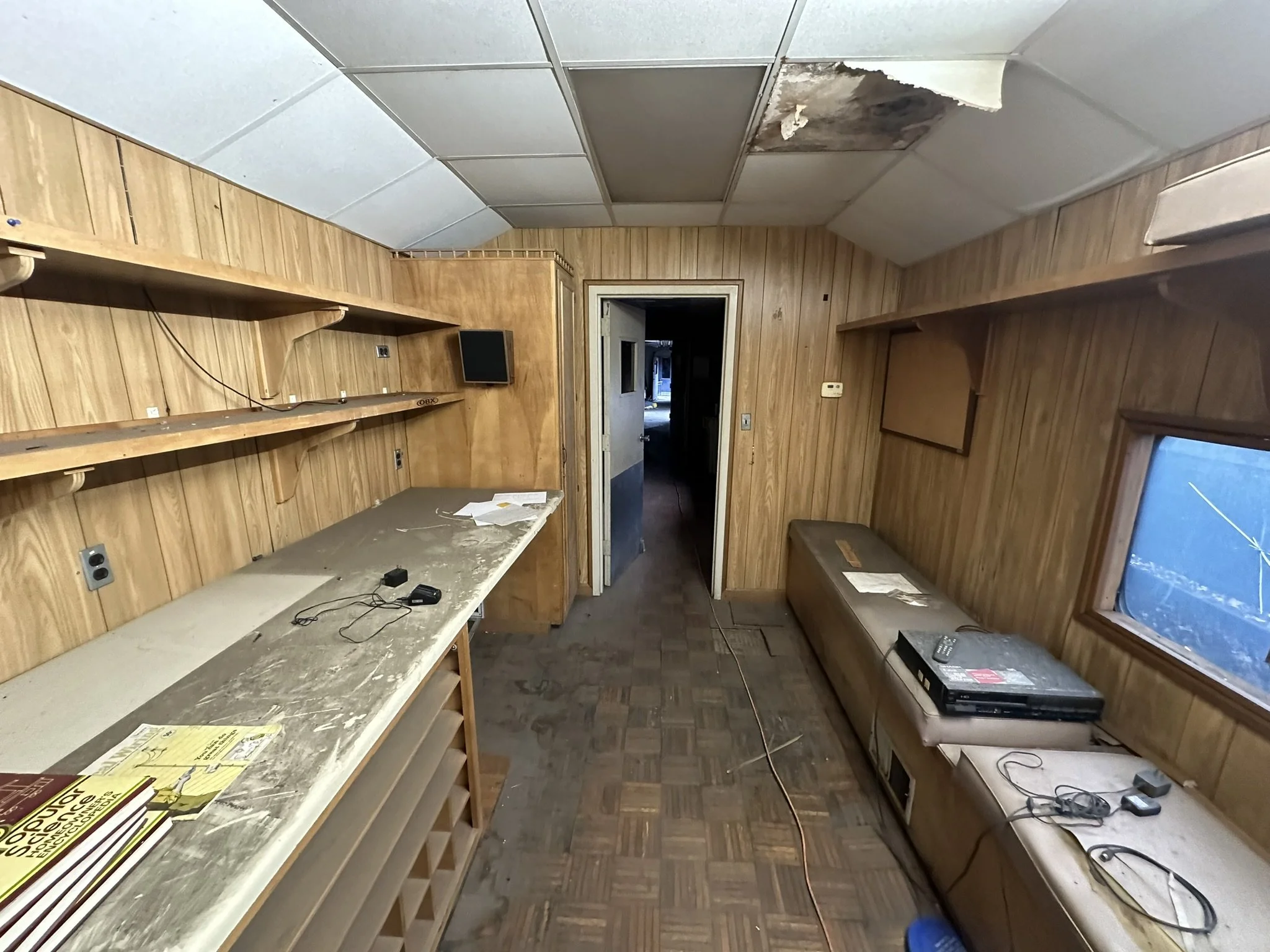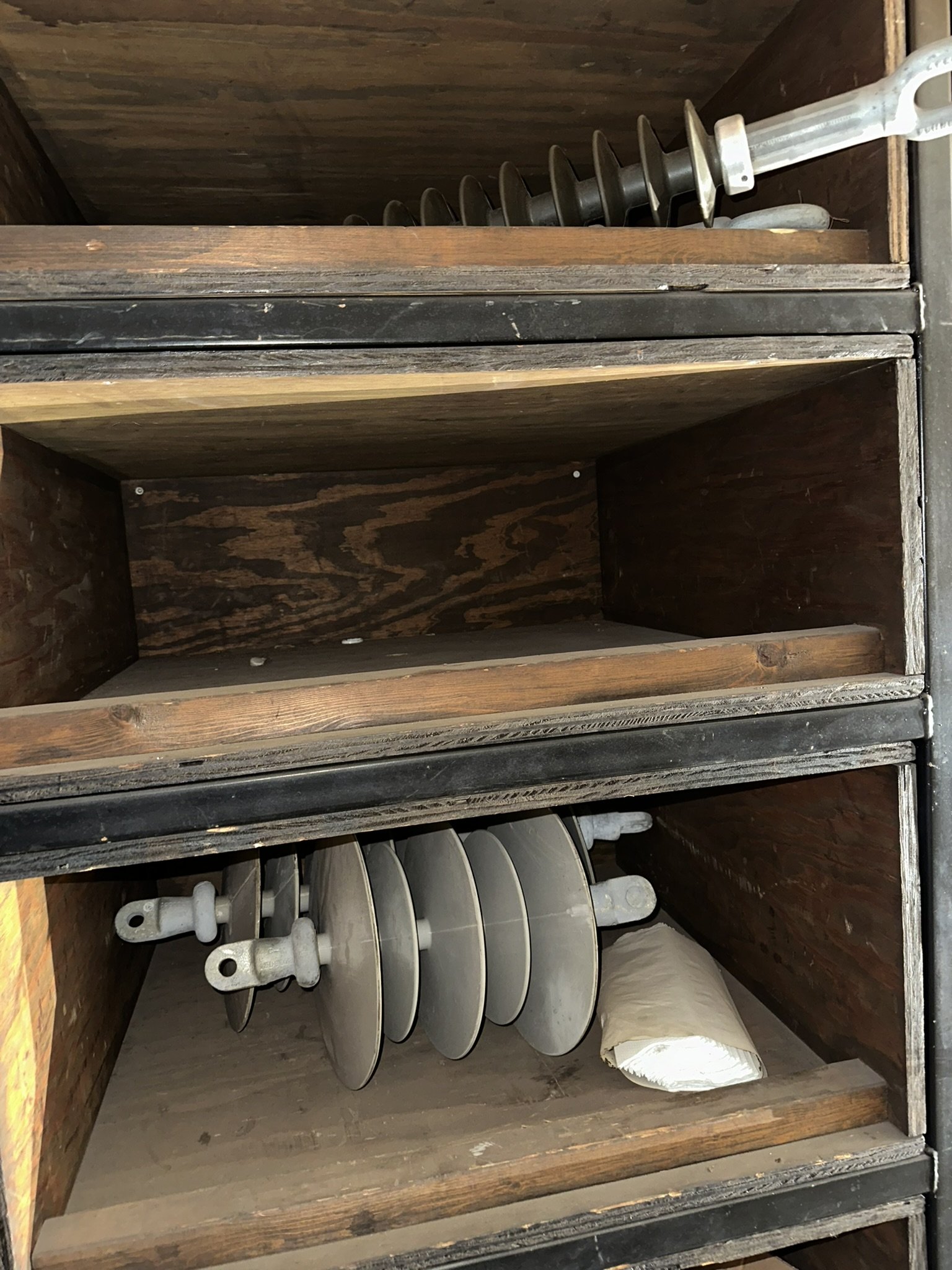NJ TRANSIT Donates Catenary Maintenance Car for Parts
NJ TRANSIT has donated its retired catenary maintenance car No. 9998 to URHS to be recycled and used for parts. The car had been deemed surplus by NJT and recognized by URHS as valuable part source to support a number of active URHS projects.
"While this car certainly has no future as an artifact, it will be hugely useful here at Boonton Yard,” said URHS Executive Director Kevin Phalon. “Once again, we cannot thank NJ Transit enough for supporting us in ways only they can.”
This donation came as part of a larger donation in 2023 in honor of NJ TRANSIT Rail Operations’ 40th Anniversary. That also included ALP-44 No. 4424 and two steam-era flat cars.
Photo by M. Bernero - October 1974
While the full history of the car is not known to NJT or URHS, we have been able to assemble the following information based on an Amtrak number found underneath the car’s number boards. We believe this car started life as Pennsylvania Railroad 54-seat coach No. 4049. This was part of a matching pool of coaches built for the PRR, Richmond, Fredericksburg & Potomac, and Atlantic Coast Line for their jointly operated New York to Florida trains. This is further evidenced by the inverted bowl arrangement on the trucks, which was common on cars owned by the ACL. This car was inherited by Penn Central and later by Amtrak. From there, we believe Amtrak converted it to a catenary maintenance car. While we do not have images of it on in work train service on Amtrak, it does match several similarly rebuilt Amtrak catenary cars, one of which survives today at the Western Maryland Scenic Railroad. Curiously, the window frames hidden behind the walls indicate the window arrangement was changed and the B-end roof and railings show some work was done to convert this car to an observation car. We have not been able to find any information to explain why that is. At a later point, the car was sold to NJ TRANSIT, which used it primarily on the the North Jersey Coast Line. It was retired in the early 2000s.
We encourage anyone who might know more about this car to please contact us!
The car was heavily modified, presumably in-house, using home builder-grade materials and wood paneling. It is divided in half with crew space at the B end and workshop space at the other. The first room at the crew end of the car features an office with desks, shelves, bench seats, and closets. The second room served as a locker room with 18 lockers, a kitchenette, sink, and cabinets. These two rooms were heated and cooled with a home-built HVAC system and ducting that ran up through the floor—very unusual for a railroad car.
Proceeding through a second door, one enters the workshop area. On the left is a transformer which steps down the 480V HEP down to residential voltage for a home-built electrical system. On the right is a restroom complete with Microphor toilet, sink, and stall shower. The workshop end of the car has baggage car-style doors on either side for loading of spools of cable and large items. Several work benches and shelves hold a variety of nuts, bolts, and parts used for repairing overhead catenary wire. A pantograph on the roof was used for testing the geometry of newly-installed wire and check for issues before putting a track back in service.
While the car is intriguing, URHS has determined this car is more valuable as a part source than as an artifact. For a variety of reasons, the car is in no condition to restore, and the doors cut into the frame of the car compromise the car’s structure.
Importantly, the car has many parts which will be used to support other URHS projects:
Trucks
Wheel sets
Bearing boxes
Couplers and draft gear
Grab irons and steps
Brake valves
Air tranks
Microphor waste tank
Budd exterior fluting
Pantograph
Lockers
Doors
Recyclable building materials
Many of these items are no longer manufactured or are difficult to replace. URHS intends to remove all usable parts from the car and have the remainder scrapped and recycled. Any proceeds from the scrap metal will also go towards URHS’s mission of historic preservation.
For historical record, URHS took the following exhaustive collection of photos before work began to scrap the car:
















































































































